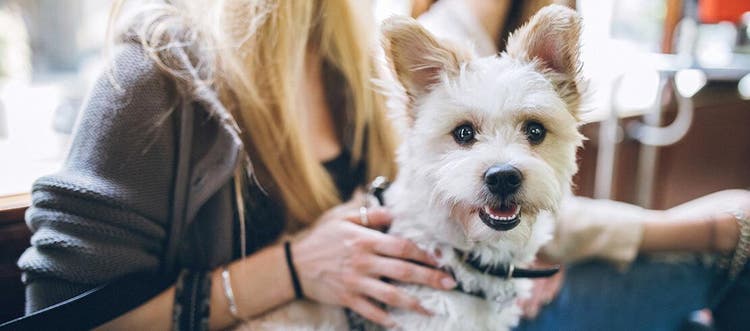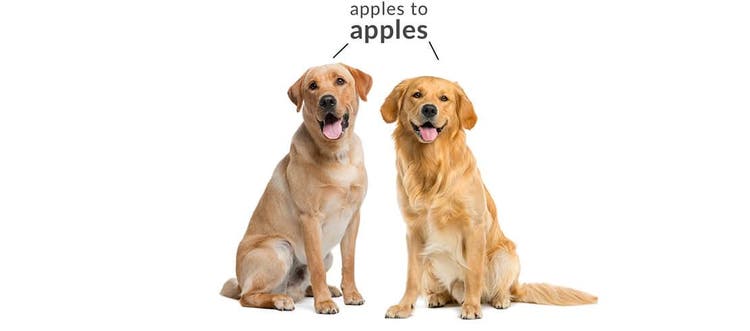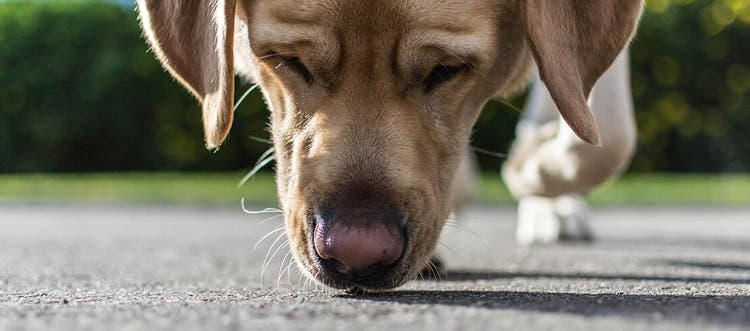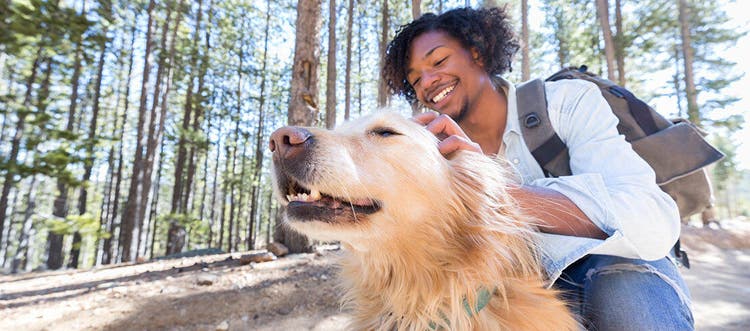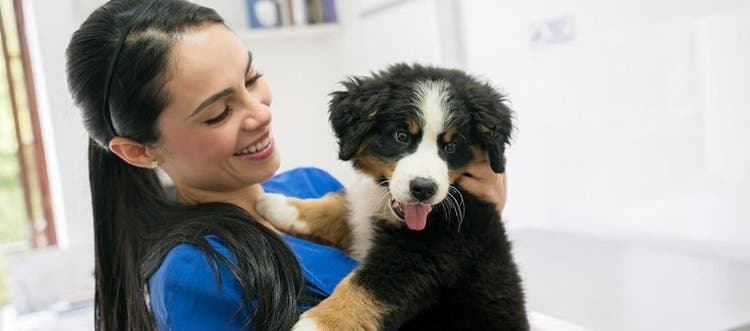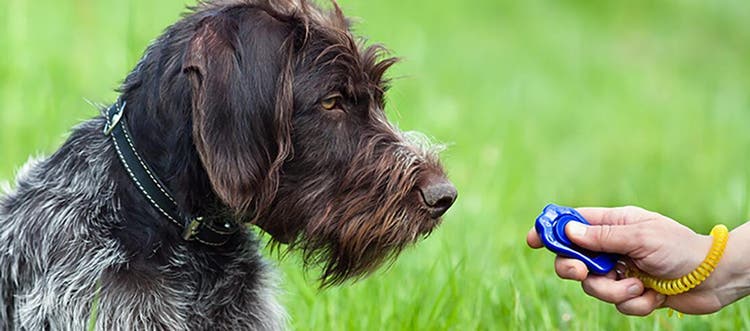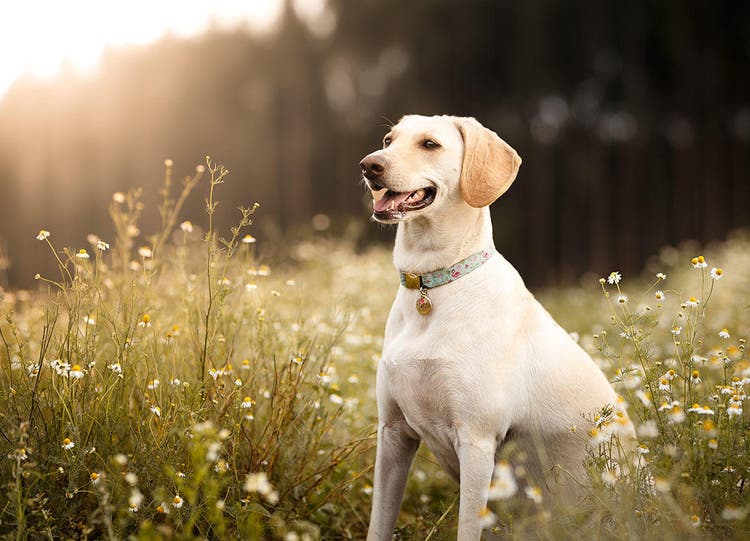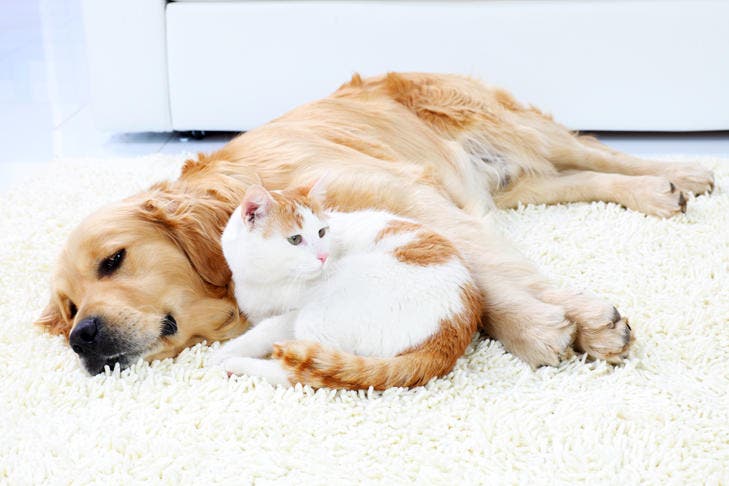Reviewed by: Dr Abbie Lam DVM
Travelling by plane with your dog can be an exciting adventure. Whether you're heading on holiday or moving to a new home, there are several important things to consider when flying with your dog. Follow our tips to help you and your dog have a safe, smooth and stress-free journey.
Check Airline Policies and Regulations
Before booking your flights, research the specific airline policies for pet travel, as they each have their own set of guidelines. These policies may include size restrictions for pets travelling in the cabin, pet carrier specifications or additional fees.
Small dogs may be allowed to travel in the cabin of certain carriers, but larger dogs often need to travel in a carrier in the cargo hold.
Airlines typically require proof that your dog is fit to fly and that their vaccinations are up to date. Check the requirements of your airline before visiting your vet.
Airlines often have limited spots for pets, so it's best to book your dog's spot early, especially during peak travel periods.
Visit the Vet
A visit to the vet is a crucial step before flying with your dog. A veterinarian will help ensure your dog is healthy enough to travel and can offer advice on how to manage any anxiety during the flight. Here's what you may need:
- Health certificate: most airlines require a health certificate issued by your vet within 10 days of travel. This document confirms that your dog is in good health and free of contagious diseases.
- Consider travel anxiety: if your dog experiences travel anxiety, your vet may prescribe anti-anxiety medications or calming supplements to help ease their stress during the flight.
- Vaccinations: ensure your dog is up-to-date on their vaccinations, especially if they are flying internationally. These vaccinations may be different to those usually given in Australia.
- Parasite prevention: the parasites at your destination may be different to what your dog is usually exposed to at home. Speak to your vet about the protection your dog needs.
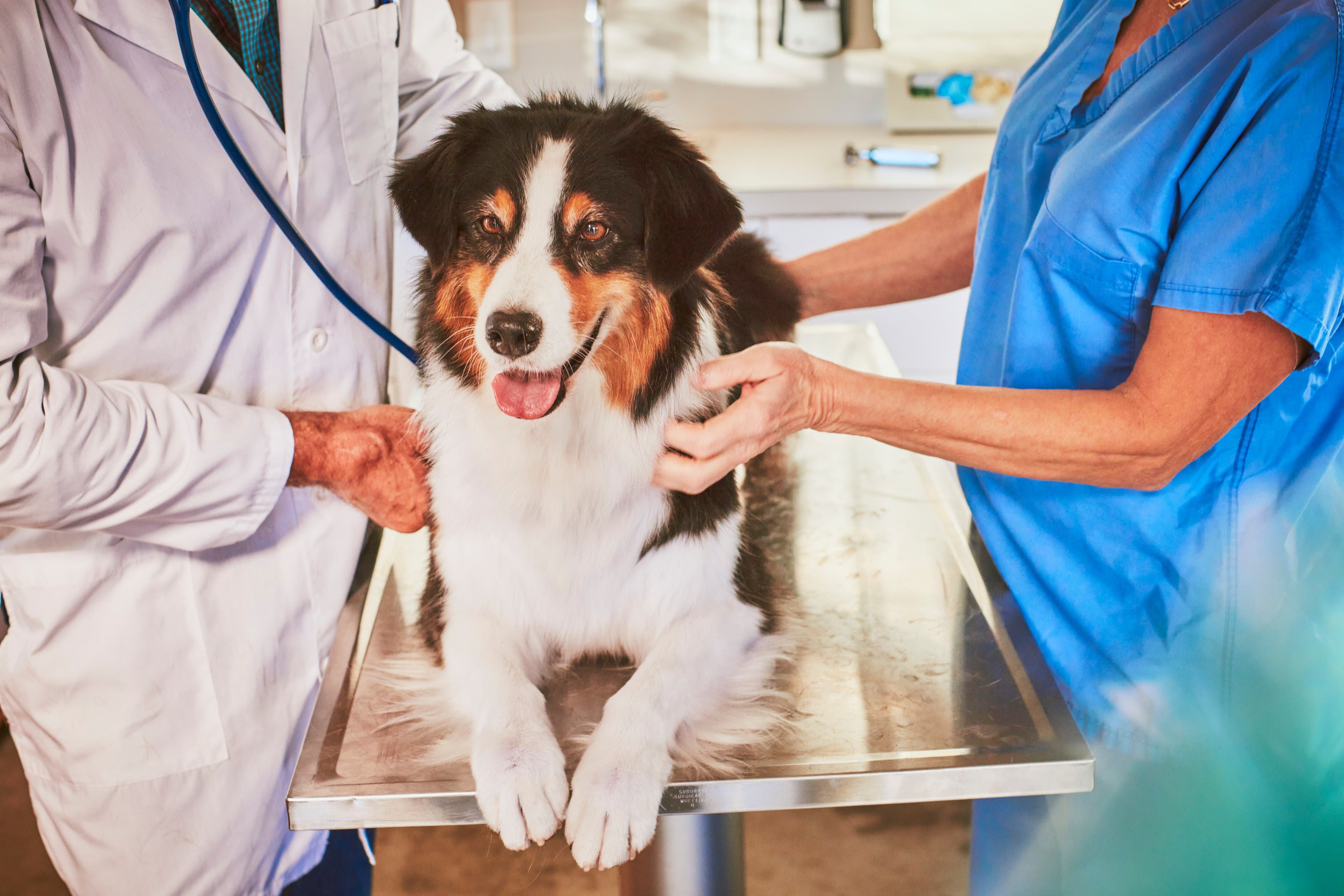
Prepare Your Dog for the Journey
Getting your dog ready for the flight involves both physical and emotional preparation. A little training and acclimating your dog to the travel experience can go a long way in making the journey smoother.
It's important to familiarise your dog with the carrier so that they feel comfortable on the journey. Leave the door open and place their favourite blanket inside. Gradually encourage them to spend more time in the carrier leading up to the flight. If your dog is already crate trained, they should find this easy.
A long walk or play session before the flight can help your dog burn of excess energy and help them to relax during the journey. Remember that dogs are incredibly intuitive and can sense their owners' emotions, so if you're calm and relaxed, it's more likely your dog will be too.
Pack for the Flight
Just like you need to pack essentials for your own journey, your dog's needs must also be taken into account. Here's a checklist of items to bring:
- Food and water: if allowed, pack enough of your dog's usual food for the duration of the trip, along with a portable water bottle. It's important to keep your dog hydrated, especially if they're travelling in the cargo hold.
- Medication and health records: if your dog takes any regular medications, ensure you have enough for the entire trip. Ensure you also bring their parasite prevention.
- Comfort items: bring familiar items that can help your dog feel more at ease, such as their favourite blanket or toy.
- Waste bags: make sure to pack waste bags to clean up after your dog.
Choose the Right Carrier
If your dog is travelling in the cargo hold, they need to be in a secure carrier that meets airline specific guidelines. You may be required to keep your dog in their carrier even if they're travelling in the cabin. The carrier should be large enough for your dog to stand, turn around and lie down comfortably. It should also have good ventilation on all sides to keep your dog cool and comfortable during the flight.
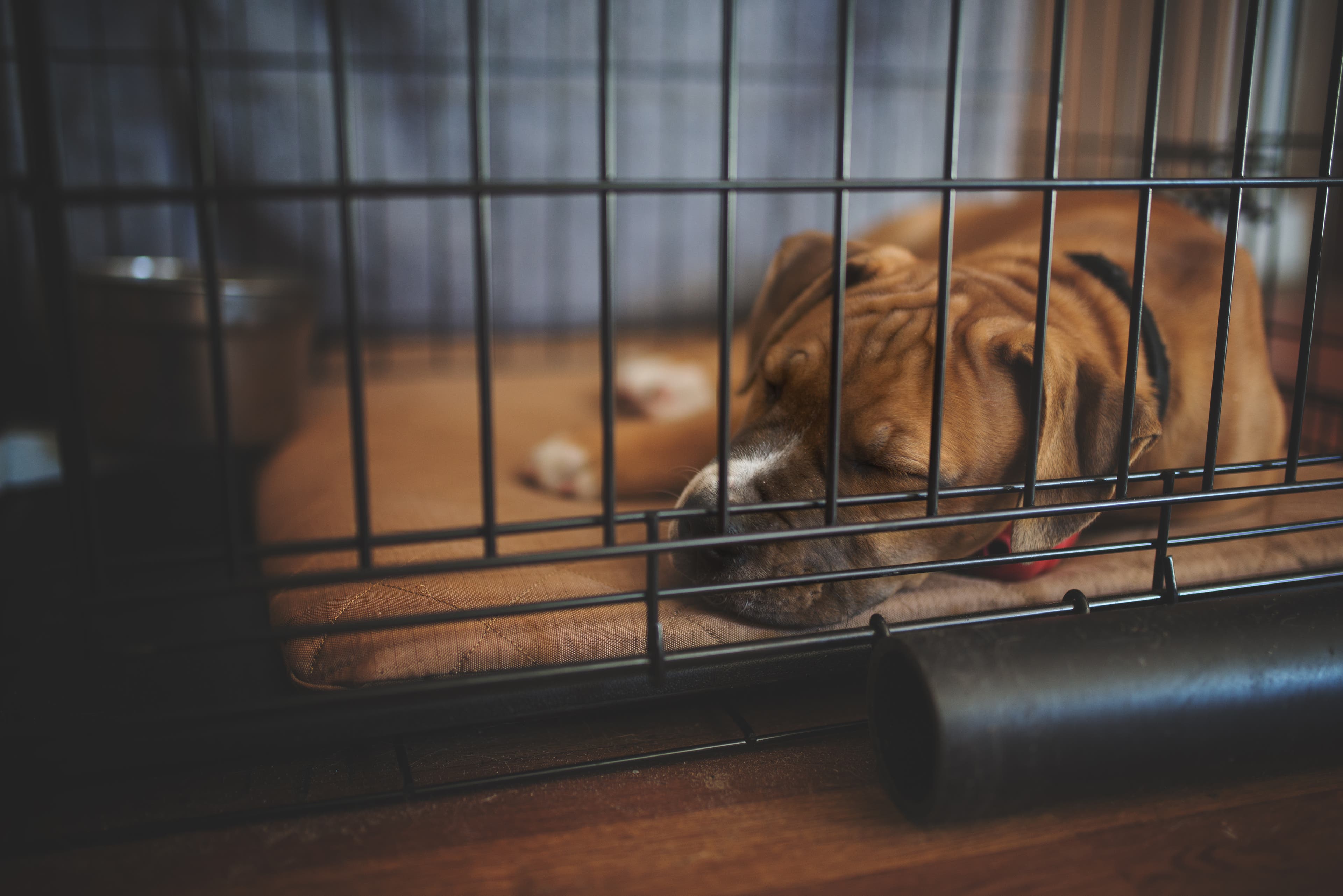
Arrive Early at the Airport
If your dog is travelling in the cabin, there are a few things you can do to help your dog remain as comfortable as possible:
- Monitor their behaviour: keep an eye on your dog's body language throughout the flight. If you notice any signs of discomfort or distress, gently talk to your dog in a calm and soothing voice to reassure them.
- Stay calm and relaxed: dogs are very attuned to their owners' emotions. Remaining calm and composed during the flight can help your dog feel more at ease.
After the Flight
Once you've landed, it's time to ensure your dog's transition from the plane to your destination goes smoothly. After a long flight, your dog will likely be hungry and thirsty. Offer them water and their regular food as soon as possible. If your dog appears lethargic or disorientated, contact a vet.
Whether you're staying at a hotel, a friend's house or your new home, take time to let your dog acclimatise. Give them plenty of space, a chance to rest and regular opportunities for bathroom breaks.
Flying with your dog can be a rewarding experience when you take the necessary steps to prepare. With the right planning and a calm approach, your pet can travel just as stress-free as you do.
